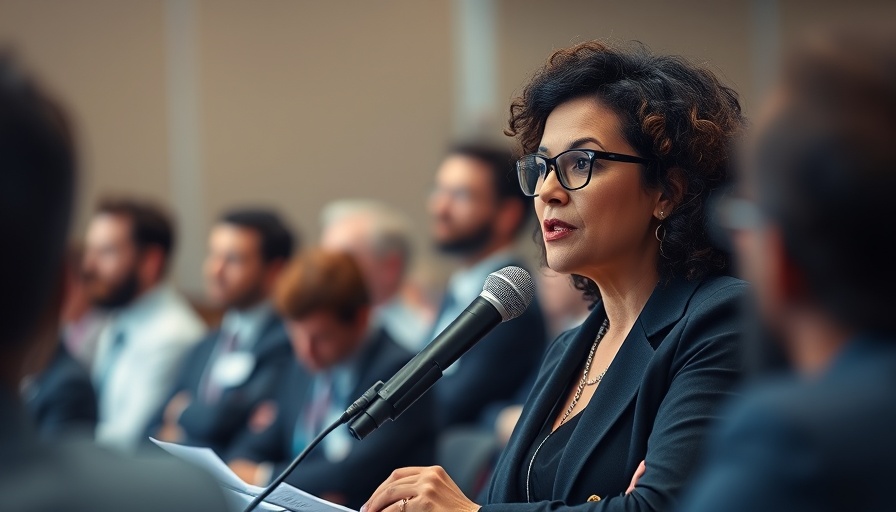
Understanding the Importance of Medical Studies Coverage
In today's media landscape, the role of reporters in accurately conveying medical studies has never been more critical. At a recent Health Journalism 2025 session, experts underscored the need for reporters to elevate their coverage and communication strategies regarding medical research. This is particularly important as studies often provide information that can significantly influence public health decisions. With the rapid evolution of medical research and its implications, reporters must hone their skills to avoid contributing to misinformation and promoting public confusion.
Navigating the Complexities of Medical Research Reporting
There’s an analogy often used to describe the overwhelming amount of information that journalists must sift through when reporting on medical studies. It's like trying to look through a firehose, as the information is dense and fast-moving. According to Tara S. Haelle, a panel moderator at the conference and leader for AHCJ’s health beat, reporters need to cut through the noise. They should focus on key elements of studies—such as methodology, funding sources, and potential biases—to distill accurate health messages for the public.
A Framework for Ethical Reporting
Ethics in reporting on medical studies extends beyond merely presenting findings; it involves addressing bias and questions of motivation behind the research. As highlighted during the session, just because a study is funded by a nonprofit organization does not necessarily mean it is free from bias. Reporters must critically evaluate the sources and contexts of the studies they cover to provide readers with a comprehensive understanding of the issues at hand. Additionally, the headlines crafted from these studies must accurately reflect the findings without sensationalism, ensuring that readers do not misinterpret the results—like misreading conclusions about sleep and cognitive performance.
Practical Tips for Journalists
To enhance the effectiveness of medical reporting, journalists should adopt practical strategies in their writing:
- Engage with Health Experts: Building a network of health professionals can provide reporters with valuable insights and clarifications related to studies.
- Fact-Check for Clarity: Rigorously fact-check headlines and findings before publishing to ensure accuracy.
- Learn the Science: Investing time in studying the basics of research design can lead to stronger, more insightful reporting.
Connecting with Your Audience
The goal of reporting on medical studies is not merely to relay information but to inform and empower readers. Audience engagement is essential here. Health fanatics are not just looking for headlines; they want insights that can help them make informed decisions about nutrition, fitness, and mental health. By providing robust coverage that incorporates evidence-based insights, reporters can foster a strong community connection to health and wellness topics like self-care, exercise, and holistic health approaches.
Future Implications of Quality Medical Reporting
As we look towards the future, the implications of quality reporting on medical studies could reshape public understanding of health issues. With an ever-increasing emphasis on personalized health, wellness tips, and functional medicine, there is a pressing need for reporters to accurately interpret these studies. The potential to influence public opinion and health practices is substantial, making dedication to quality coverage an ethical imperative in the pursuit of truth.
 Add Row
Add Row  Add
Add 




Write A Comment